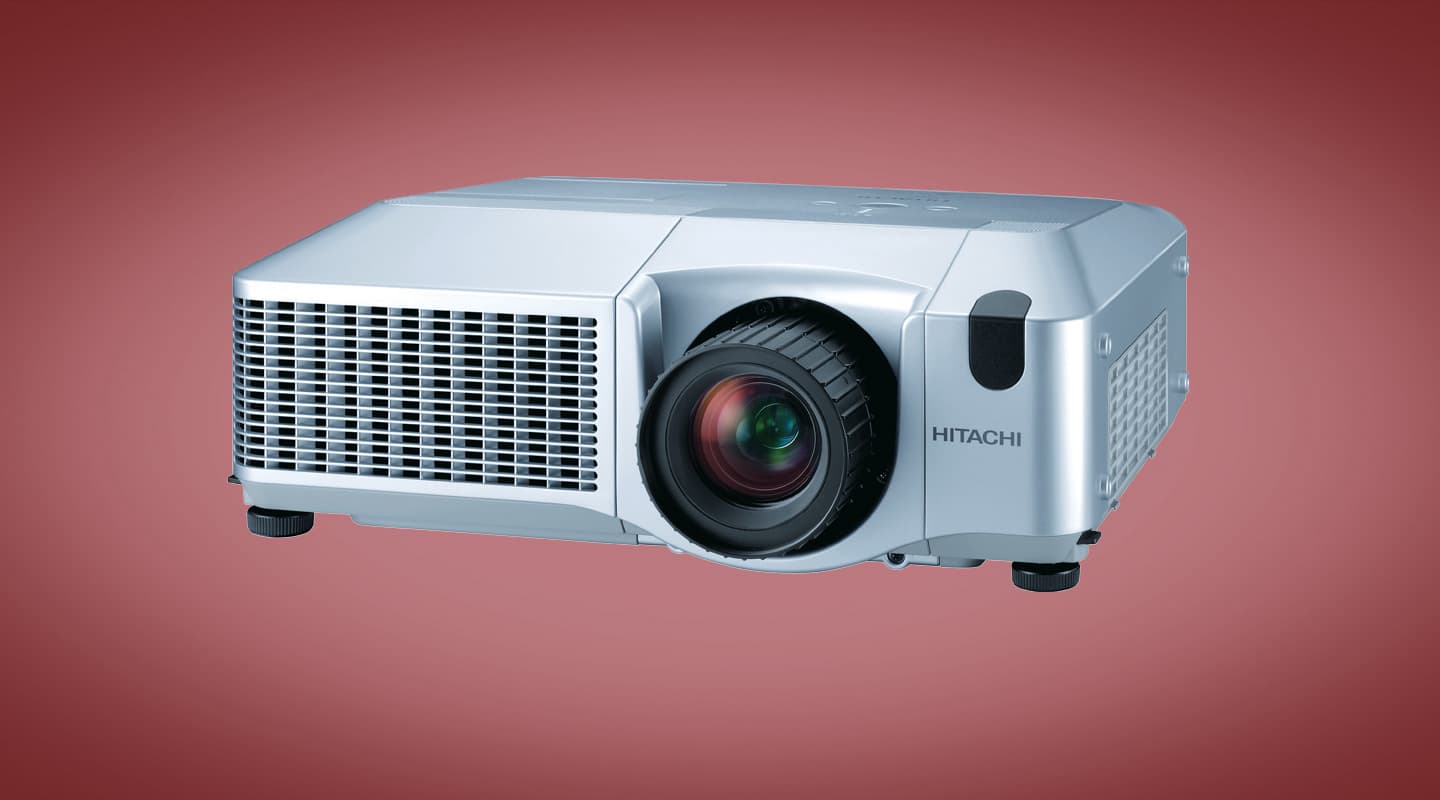
Review: Hitachi CP-WUX645N
A 3LCD projector for high-resolution and dual-image applications.
Review:/ Stuart Gregg
There is certainly no shortage of projectors on the market, and choosing the right one for the job is a minefield. So when asked to review the Hitachi CP-WUX645N I was keen to understand where the manufacturer was pitching this unit. Hitachi has designed this projector for ‘large’ spaces such as meeting rooms and lecture halls, with a push towards those needing to display high resolution, detailed CAD-style images.
The CP-WUX645N is a three-panel LCD unit with a native resolution of 1920 x 1200 (WUXGA), producing a claimed 4200 ANSI Lumens, making it a fairly impressive specification for its size. It is very quiet in standard operation and almost silent when run in whisper mode, although you do drop some light output in this mode.
With a single non-motorised 1.93x lens, it appears to have been designed with an emphasis on permanent installation. The lens has a manual shift, but it is fairly limited with horizontal adjustment of only 10% and vertical of 50%. That said, the shift is good with focus and image staying true. The focus was good across the image over the full (2x) range of zoom. Uniformity of colour and luminance was good for a projector in this price range, colour reproduction was okay in the default settings, but some manual adjustment was required to get it just right throughout certain colour palettes.
CORNUCOPIA OF INPUTS
There is a comprehensive set of input connections although it’s notable that Hitachi chose to go HDMI rather than DVI for the digital input. I tested it using a number of sources, input formats and resolutions, including Mac PowerBooks with DisplayPort to HDMI adapters, Blu-ray HDMI and YUV, composite video and analogue VGA (RGBHV). The projector handled acquiring all sources with ease, and the auto setup produced accurate well-clocked images. The Mac PowerBook recognised the projector first-up, although the only thing to watch for is the overscan option on both the projector and computer. If set incorrectly, this will leave you missing the top section of your image.
High detail CAD-type images reproduced very well and the Picture by Picture feature did a nice job of scaling two hi-res images and placing them side-by-side. This is a useful feature for education and medical installations where two images are often put up for comparison. Graphics and photos displayed nicely, but did require some manual adjustment to get true colour reproduction.
The image zoom feature did a nice job of scaling the enlarged area of the image but I found it really cumbersome to move the magnified region of the image around. By default it magnified the centre portion of the image and then allowed scrolling around using the remote, but this is a slow process as there is only one magnification setting and the movement increment is very small.
The menu functions are intuitive and extensive, with most of the default settings being suitable for day-to-day use. The built-in test patterns are great.
I found the remote took a bit of time to get used to, with some functions that would naturally fit with the joystick actually being set using the additional toggle switch, which felt a bit flimsy.
MORE INFO
CONTACT
Hitachi Australia: (02) 9888 4100 www.hitachi.com.au
WELL ADJUSTABLE
The keystone and Perfect Fit adjustments allow keystone adjustment both horizontally and vertically as well as individual adjustment of each of the four corners. Although this allows off-axis projection, it eats into the available resolution, and hence the ability to run native 1920 x 1200. However, given the quality of the scaling on this unit, it may not prove to be an issue for most users.
The networking, monitor output, security, and email alerts functions all work well, and are useful for a projector installed in a university or similar environment, while the scheduling features work well for digital signage-type applications.
Lamp life is respectable, with a claimed 3000 hours in econo-mode or a more realistic 2000 hours in full-power mode. Replacement lamps are $799. The top change lamp (nothing bugs me more than having to uninstall the projector to change a lamp), long life filters, and overall high build quality, certainly looks to make it a low/easy maintenance option. I’m not a huge fan of the silver finish, it may be a small point, but it just feels a bit cheap and dated to me.
GAMMA DOESN’T GET AN ‘A’
One area where I felt this projector did struggle was video (both SD and HD) reproduction. The default gamma settings produced fairly average blacks, and while it has the most extensive gamma adjustment system I have ever seen on a projector of this size, I can’t help thinking it needs it to produce images with good uncrushed black levels. The claimed 1000:1 contrast ratio is achieved using an active iris with either presentation or movie setting, but I didn’t find it helped a great deal on movies with mixed dark and light scenes. I can’t see the average user delving in that deep into the settings and therefore would unnecessarily live with average video quality.
The CP-WUX645N is a well-featured projector with some nice functionality for those who are prepared to get into the menu and options. It gives respectable bright images for vector graphic type applications, and with some work, is capable of providing good video. At a recommended retail price of $10,000 (inc GST) it represents fair value for its light output and features.

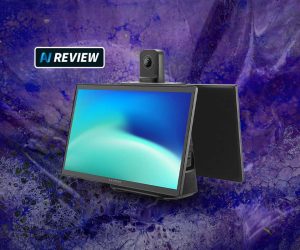



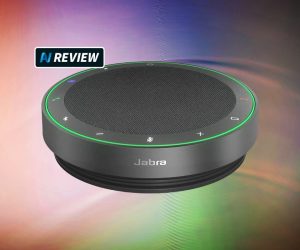

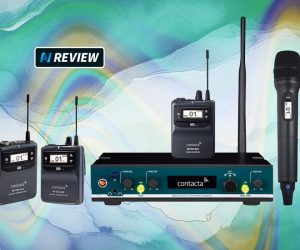

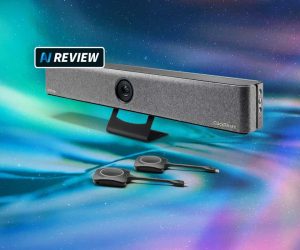
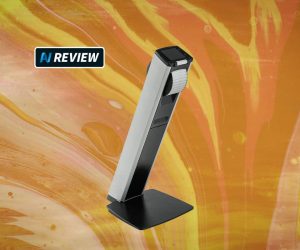




RESPONSES